In the Altiplano region, near Lake Titicaca, Puno is a city that proudly holds the title of Peru's Folklore Capital. At 3,827 meters above sea level, it is home to more than 130,000 people and offers a cultural richness that captivates every visitor.
Puno is an exciting destination that blends natural beauty with various attractions you shouldn’t miss. Here, you'll find the best things to do in Puno to include in your next adventure through Peru.
The best things to do in Puno, Peru
Having Lake Titicaca, the world's highest navigable lake, is an exceptional attraction in itself, but there’s much more to explore. Puno offers a deep dive into history, culture, customs, and traditions that make it unique.
Explore Lake Titicaca and its islands
Lake Titicaca, known for its breathtaking landscapes and ancient heritage, is home to the fascinating Uros Floating Islands, as well as Taquile and Amantaní, each with unique features that reflect the identity of their inhabitants.
The Uros Floating Islands are built from totora reeds, a plant that grows in the lake. The Uros people have lived here for centuries, maintaining a lifestyle centered around fishing, hunting, and trading handcrafted goods made from local materials. You’ll get to learn about their way of life and how they have ingeniously built and maintained these floating islands.
Extra Tip » Exploring these islands in Puno is a great opportunity to understand their traditions, the construction techniques behind the floating platforms, and their close relationship with nature. It’s an experience you shouldn’t miss on your trip!
Discover Taquile and Amantaní Islands
Another must-visit spot in Puno is Taquile Island, renowned for its traditional textile art, which has gained international recognition. As you walk through the island, you'll get to experience its deep-rooted culture and visit the main square, a central gathering place for the community.
Among its highlights are the Inca agricultural terraces and ancient ruins that transport you back to the time of the Inca Empire. The island’s strong cultural identity passed down through generations, makes every visit a truly authentic experience.
Amantaní Island, the largest on the Peruvian side of Lake Titicaca, offers an immersive cultural experience. Visitors can stay with local families and enjoy meals prepared with traditional ingredients.
Tip » A hike to the top of Amantaní Island in the late afternoon offers an unforgettable sunset with panoramic views of the lake.
Discover the Carlos Dreyer Museum
Located at Conde de Lemos Street 289, the Carlos Dreyer Museum showcases an impressive collection of gold, silver, ceramics, textiles, and sculptures. Its eight exhibition rooms display around 1,800 artifacts spanning the pre-Inca, Inca, colonial, and republican periods, providing a comprehensive look into the region's cultural heritage.
Interesting fact » The museum is named after Carlos Dreyer, a German collector and artist who lived in Puno for 30 years and had a deep passion for Andean cultures. The historic house hosting the museum was declared a National Heritage site in 1980.
Visit the Yavarí Ship Museum
Built in England in 1862, the Yavarí was the first iron-hulled ship to navigate the waters of Lake Titicaca. Today, it operates as a floating museum, offering guided tours that take visitors through the naval history of the lake during the 19th and 20th centuries.
Since its restoration in 1998, the Yavarí has featured original artifacts, furnishings, and nautical instruments from its early years. It is the only iron-hulled vessel in the world in such excellent condition, powered by a diesel engine installed in 1914.
For a unique experience, visitors can request an advanced demonstration of the engine in action and relive the history of navigation on the lake. The ship is anchored in front of the Posada del Inca hotel in the San José neighborhood, making it the best things to do in Puno.
Stroll through Puno's Historic Center
Puno's Historic Center preserves the charm of Peru's major cities, such as Lima, Cusco, and Arequipa, with buildings rich in history and tradition. Here, you'll find some of the most iconic landmarks every traveler should explore.
Explore the Casa del Corregidor
Right next to Puno’s Plaza de Armas stands the Casa del Corregidor, one of the city's oldest buildings, dating back to the 17th century. This historic landmark attracts visitors with its colonial architecture and cultural offerings.
During the colonial era, the corregidor was a key figure responsible for administering justice, collecting taxes, and protecting the population. Today, the Casa del Corregidor hosts art exhibitions, a library, a handicraft shop, and a gourmet-style café-bar with a tasteful and elegant ambiance.
Visit the Sillustani Chullpas
A 40-minute drive from Puno, on the shores of Umayo Lagoon, lies Sillustani, an impressive pre-Inca archaeological complex that served as a ceremonial burial site. It stands out as one of the top things to do in Puno.
The Sillustani chullpas, towering up to 12 meters high, were constructed by the Qolla culture, an Aymara civilization that thrived between the 13th and 15th centuries. These cylindrical funerary towers were built to house the remains of nobles, warriors, and community leaders, along with their belongings and offerings.
Anything else? » Archaeological studies suggest that some of these chullpas contained entire family remains, emphasizing their significance in the region’s burial traditions.
Enjoy the view from Huajsapata Viewpoint
Just four blocks from the Plaza de Armas, the Huajsapata Viewpoint offers an incredible panoramic view of Lake Titicaca. From this vantage point, you can watch birds in flight and take in the tranquility of the Andean landscape.
One of the site's highlights is the statue of Manco Cápac, the legendary founder of the Inca Empire, which towers over the lookout. Locals often share intriguing stories about underground tunnels that, according to oral tradition, connect this site to the Coricancha Temple in Cusco.
Explore the Cutimbo Archaeological Complex
Just 20 kilometers southwest of Puno, the Cutimbo Archaeological Complex stands as an ancient pre-Hispanic cemetery that once belonged to the Lupaca and Colla chiefdoms. Its structures date back to between 1100 and 1532 AD, while the rock paintings found on-site are estimated to be around 8,000 years old.
Cutimbo is known for its impressive chullpas, towering funerary structures in square, rectangular, and circular shapes, built with polygonal basalt stone. These structures feature high-relief carvings of animals such as snakes, monkeys, vizcachas, and felines—symbols deeply rooted in Andean beliefs.
This site offers a glimpse into the architectural legacy of the Colla, Lupaca, and Inca cultures, making it an essential stop for anyone interested in exploring the pre-Hispanic history of the Andes.
Visit the Temple of Fertility in Chucuito
Located just 18 kilometers from Puno, in the town of Chucuito, the archaeological site of Inca Uyo—also known as the Temple of Fertility—draws attention for its stone-carved phallic symbols. Two of these sculptures stand at the entrance, with around 80 more inside, giving the site a distinctive character.
It is believed that this site served as a ceremonial center dedicated to fertility, where rituals were performed to address infertility issues. Inside, a long stone wall featuring two carved representations stretches for approximately 200 meters.
Archaeological research suggests that Inca Uyo dates back to the Inca period. Excavations have uncovered significant finds, including metal tools, stone carvings, ceramics, and bone artifacts. Everything indicates that the site could have served as both a religious and political center, surrounded by an air of mystery that continues to attract visitors and researchers from around the world.
Discover the Kalasaya Archaeological Complex
Located in the province of Lampa, at an altitude of 3,800 meters above sea level, the Kalasaya Archaeological Complex was an important ceremonial and social center of the Pucará culture, known for its sculptural and architectural heritage.
The site consists of three U-shaped ceremonial plazas, with a truncated pyramid at its core. The walls feature intricate carvings of deities and stone sculptures depicting mythological beings, reflecting the Pucará worldview.
Interesting fact » In October 2001, Kalasaya was declared a Cultural Heritage of Peru, solidifying its status as a key archaeological attraction in the region.
Experience the Virgen de la Candelaria Festival
The Virgen de la Candelaria Festival, one of Peru's most significant celebrations, blends Christian traditions with ancient Andean beliefs. The main day of festivities takes place on February 2nd, extending over two weeks filled with music, dance, and religious devotion.
Recognized as the Intangible Cultural Heritage of Peru and Humanity, this event brings together over 40,000 dancers and nearly 200 music bands that fill the streets of Puno with colorful costumes and traditional rhythms. One of the most iconic dances is La Diablada, an expression that combines mysticism and devotion to honor the Virgin of Candelaria.
Read More » The Virgen de la Candelaria Festival
How to get to Puno?
Traveling to Puno by plane
The fastest way to reach Puno is by flying into Inca Manco Cápac International Airport, located in Juliaca, about 40 kilometers from the city. Daily flights arrive from Lima, Cusco, and Arequipa, making access convenient for travelers.
From Juliaca, you can reach Puno by:
- Private taxi, offering a comfortable and quick ride.
- Minibusses or shared vans are available right outside the airport.
The drive takes approximately 60 minutes, offering scenic views of the Altiplano landscape.
Traveling to Puno by bus
For those who prefer a road trip, buses to Puno are available from major cities across the country:
- From Lima: The journey takes between 22 and 23 hours, with departures from Lima’s main bus terminal.
- From Cusco: The trip lasts around 6 to 7.5 hours, with several departures from Cusco’s bus terminal.
- From Arequipa: This is a shorter option compared to Lima, taking between 6 to 8 hours depending on the transportation company and departure time.
Traveling to Puno by train
For a unique travel experience, the train offers a scenic journey through the breathtaking Andean landscape. This trip involves two stages:
- From Lima to Cusco: It’s recommended to take a flight to reduce travel time.
- From Cusco to Puno: Luxury train services operate on this route, covering the distance in approximately 10 hours, departing from stations in the heart of both cities.
Read Later » How to get from Lima to Cusco
Best hotels in Puno, Peru
If you're looking for accommodation in Puno, here are some of the best hotels that offer comfort, a great location, and excellent service:
- Hotel Hacienda Plaza de Armas (Jirón Deustua 297): Right in the city center, this hotel provides comfortable rooms with free Wi-Fi and easy access to the Plaza de Armas.
- Sol Plaza Hotel (Jirón Puno 307): Just a few steps from the Plaza de Armas, this hotel offers well-equipped rooms and quality service—perfect for those looking for convenience and proximity to the main attractions.
- Casona Plaza Hotel Centro (Jirón Lima 787): A charming colonial-style hotel with free Wi-Fi and an on-site restaurant, ideal for those who enjoy exploring the city on foot.
- Hotel Tierra Viva Puno Plaza (Calle Grau 270): Featuring modern rooms and a cozy atmosphere, this hotel is a great choice for travelers seeking a central yet peaceful stay.
The best time to visit Puno
The ideal time to visit this beautiful city is during the dry season, which runs from May to October. The weather is more stable, and rain is rare, allowing travelers to fully enjoy the region’s natural and cultural attractions.
Weather in Puno during the dry season
Daytime temperatures range from 15°C to 20°C, creating pleasant conditions for various outdoor activities. However, nights can be quite cold, with temperatures dropping to 0°C, so it's important to bring warm clothing.
The dry season is perfect for:
- Excursions and hikes around Lake Titicaca, offer stunning views and clear skies.
- Exploring archaeological sites like Sillustani or the Uros Floating Islands.
- Photography, as the sunny weather provides great opportunities to capture the beauty of the Andean landscape.
Why include Puno in your Peru trip?
Now that you know what Puno has to offer, this destination deserves a spot on your Peru itinerary. Its landscapes, history, and culture have something special to offer at every turn.
Planning your visit and preparing both physically and mentally will help you make the most of everything Puno has to offer. Beyond Lake Titicaca, the city invites you to explore its unique cultural heritage, set against the majestic backdrop of the Peruvian Andes.

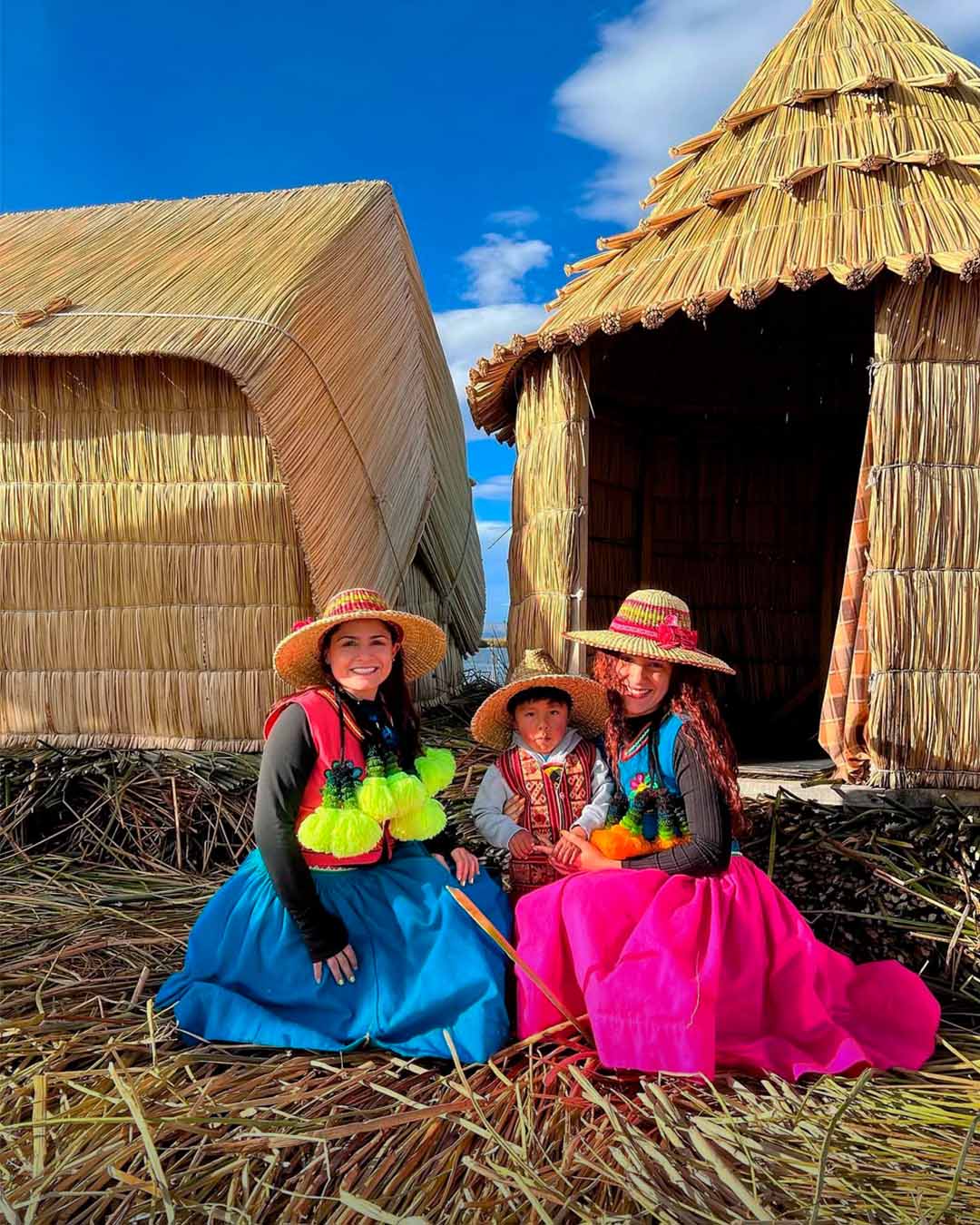
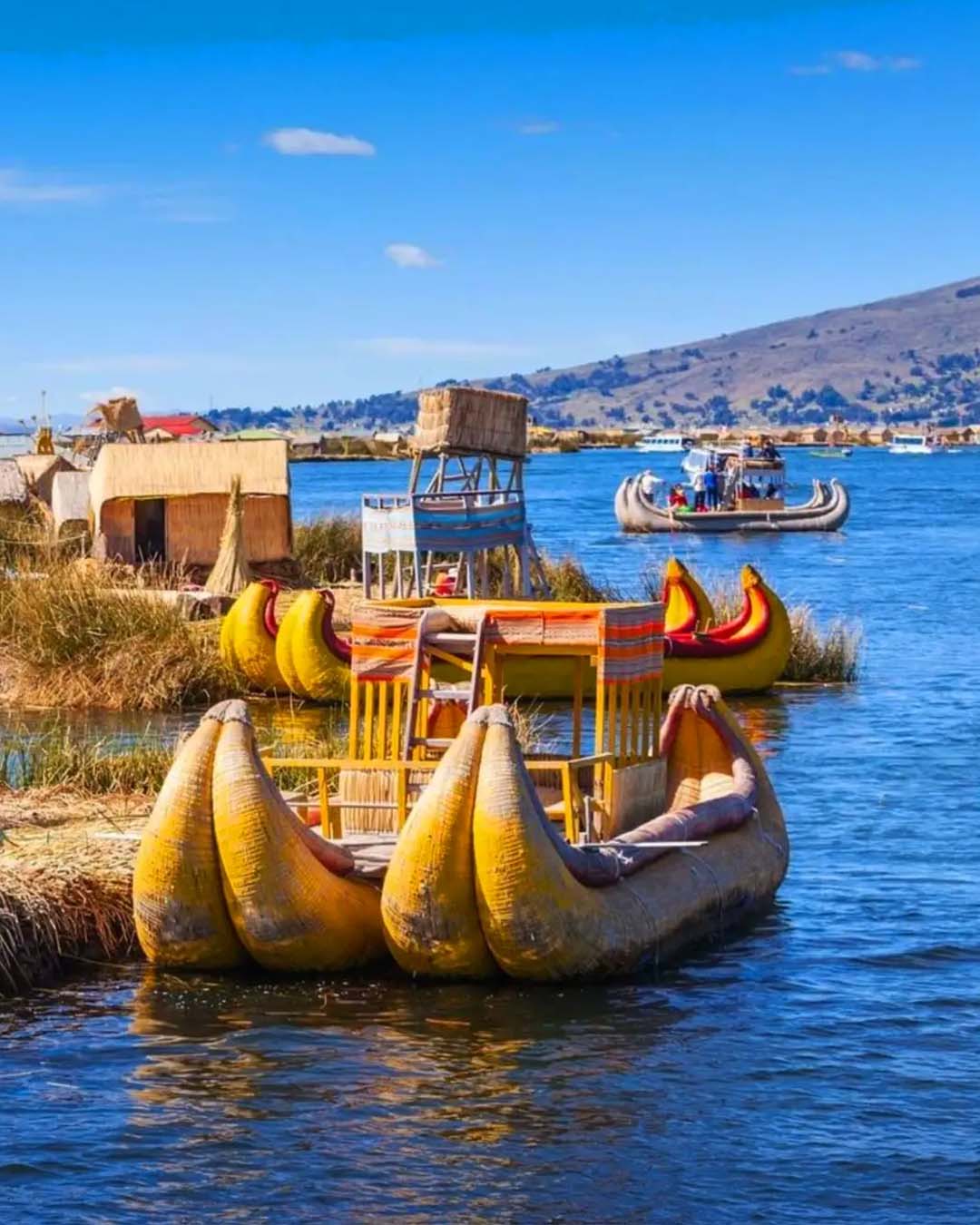
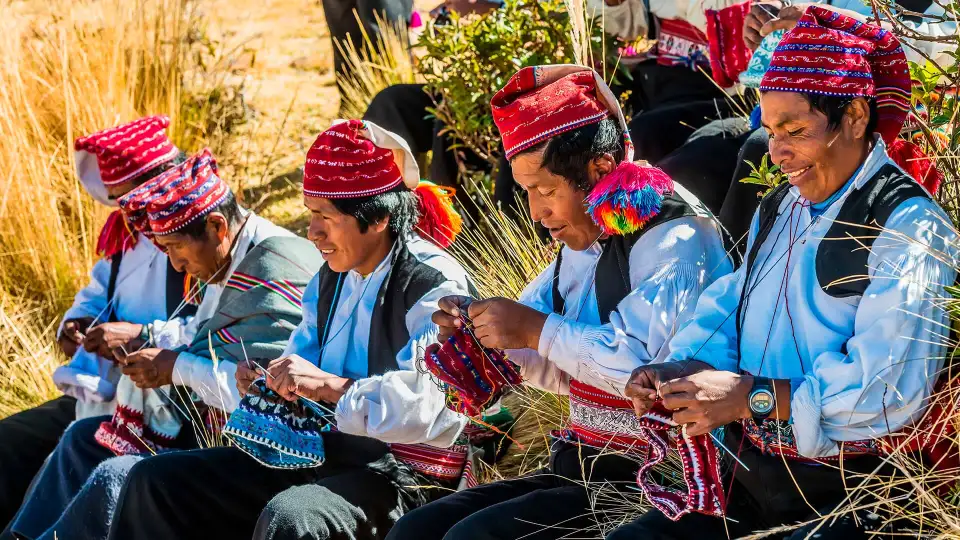
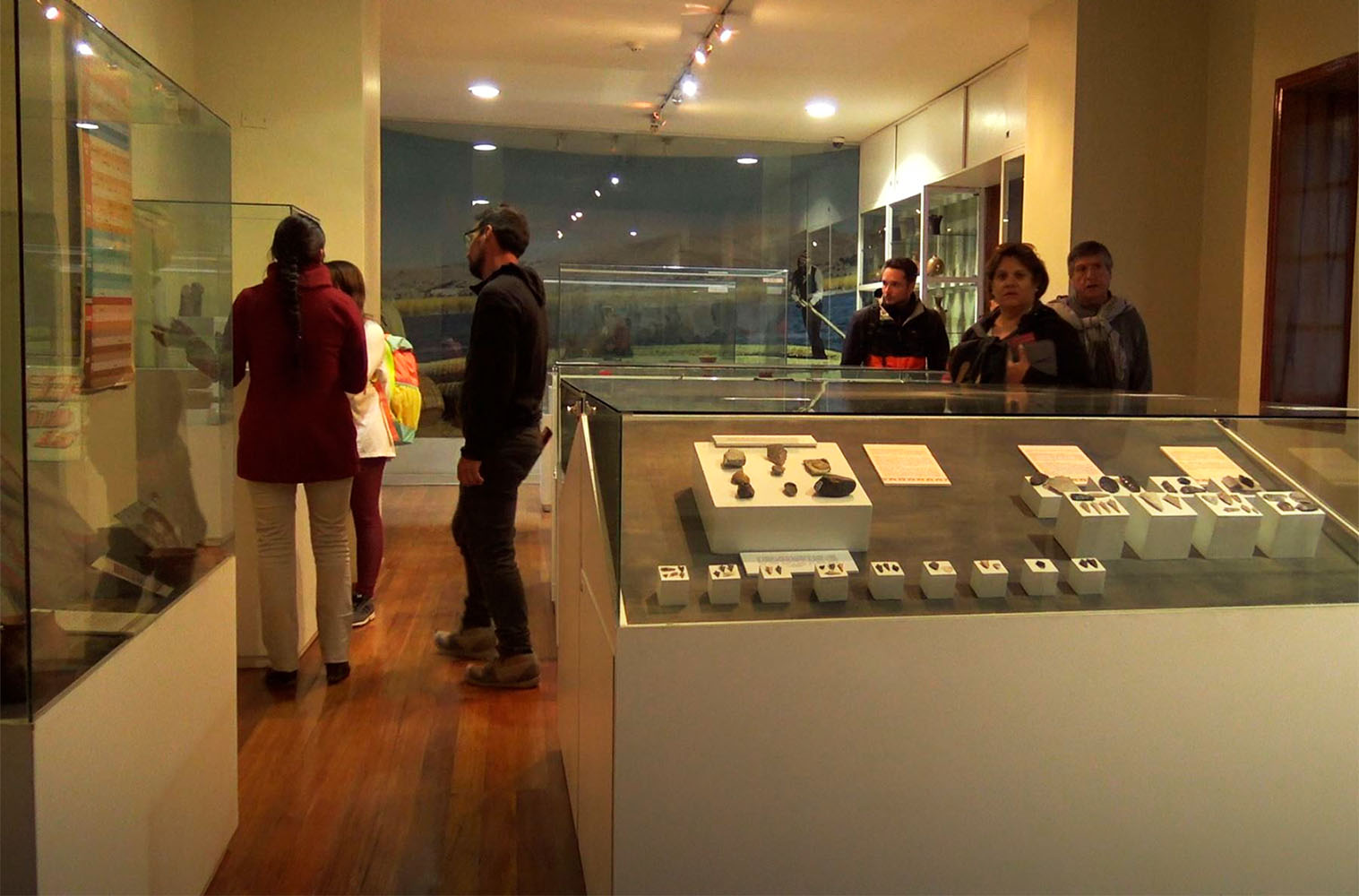
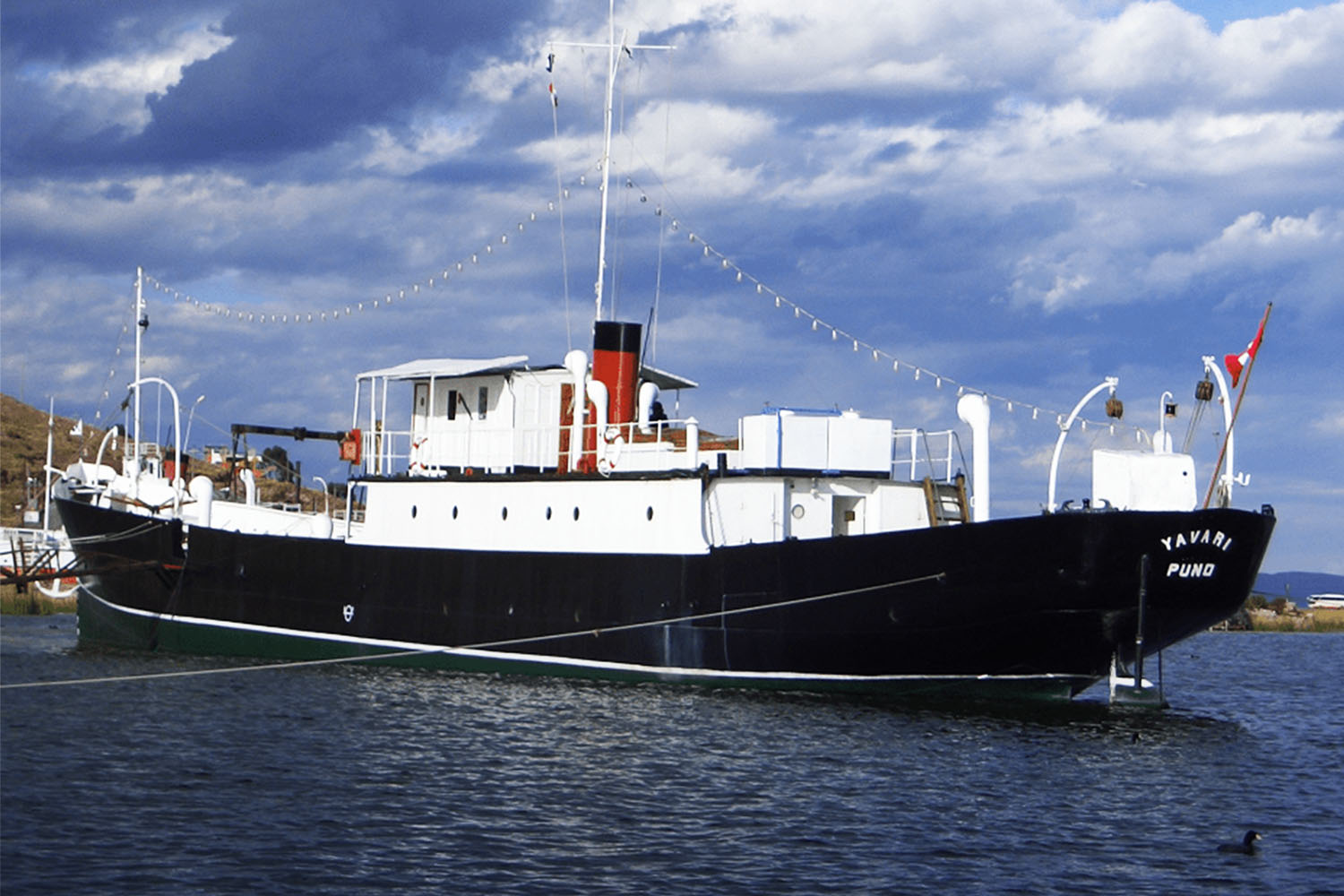
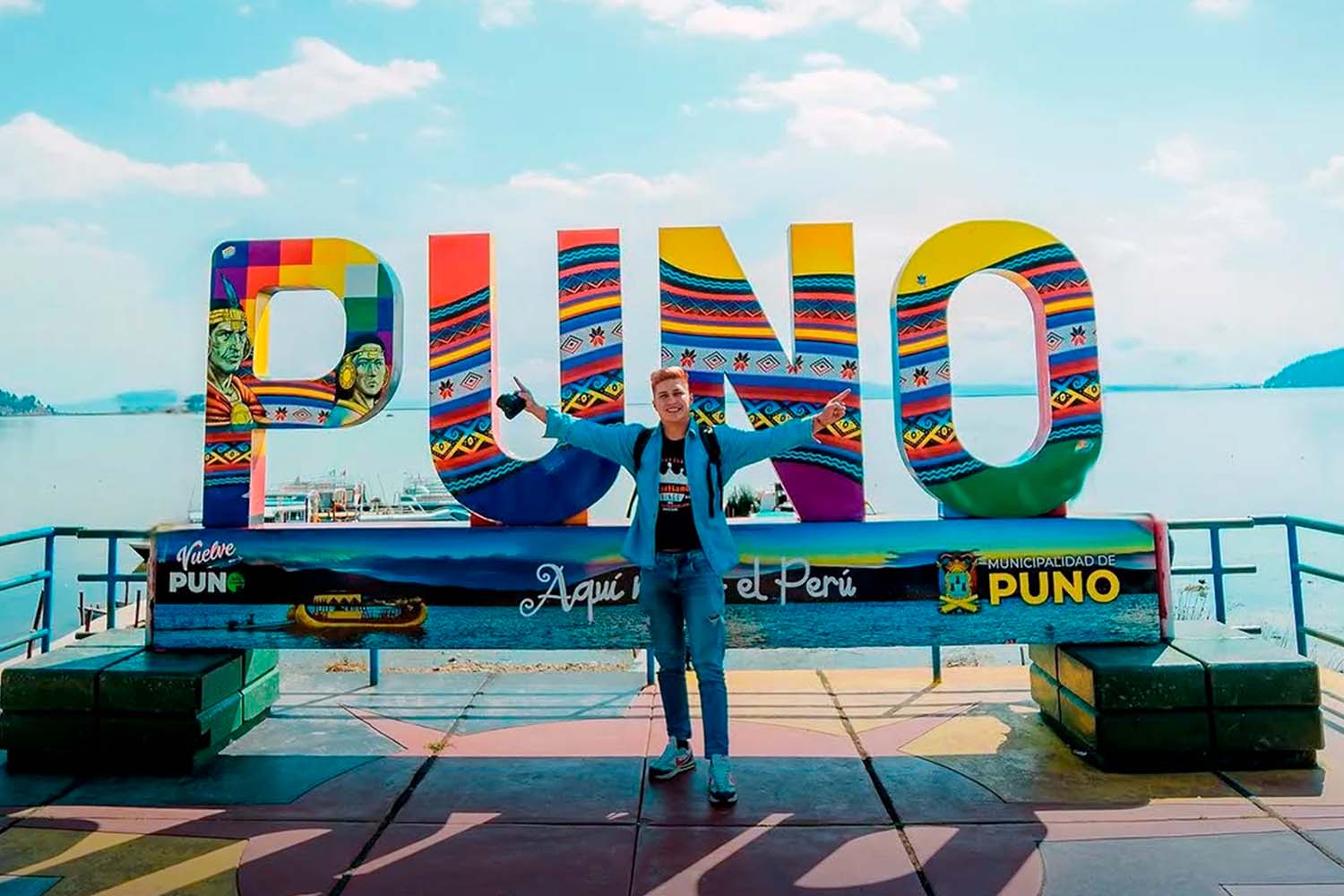
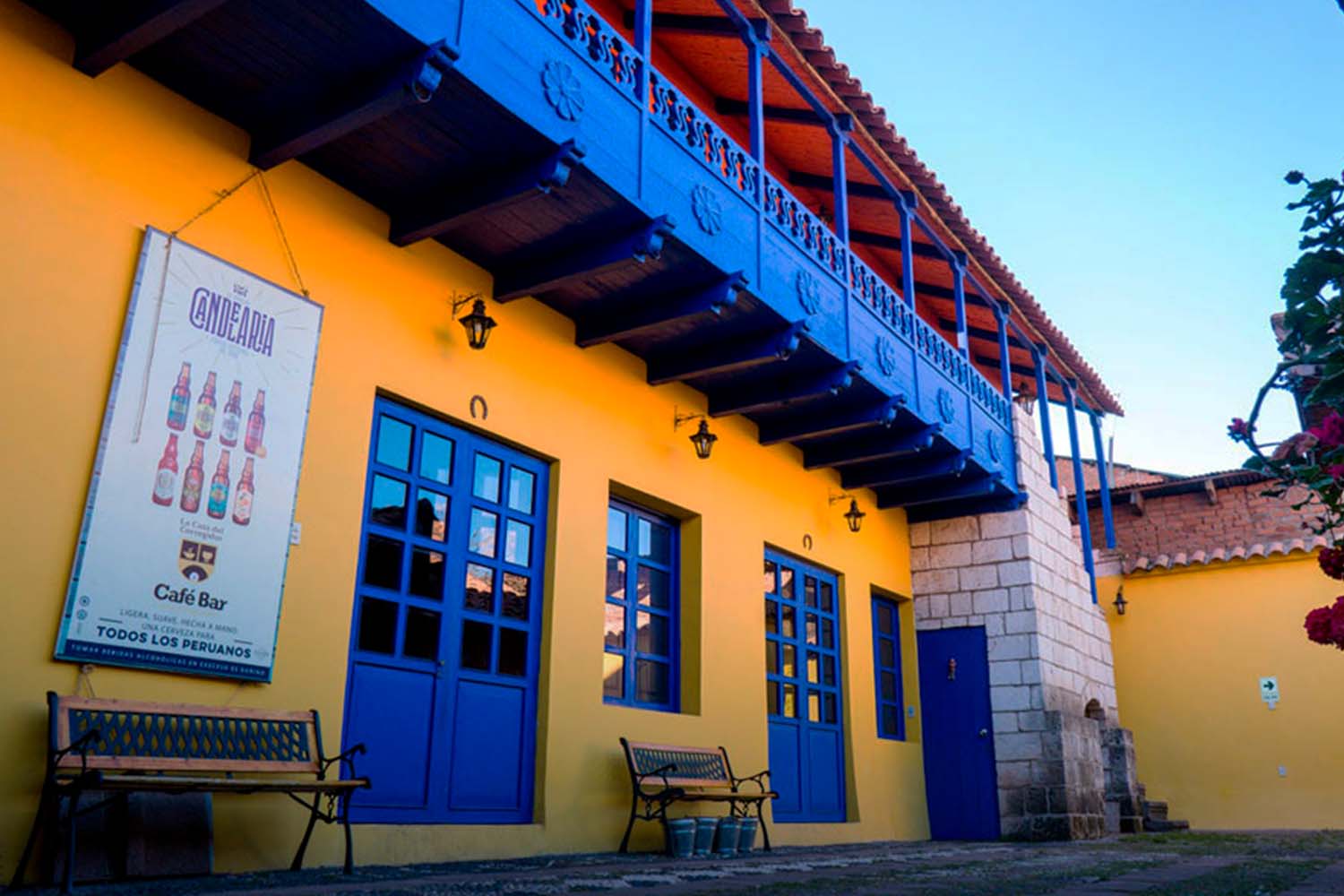
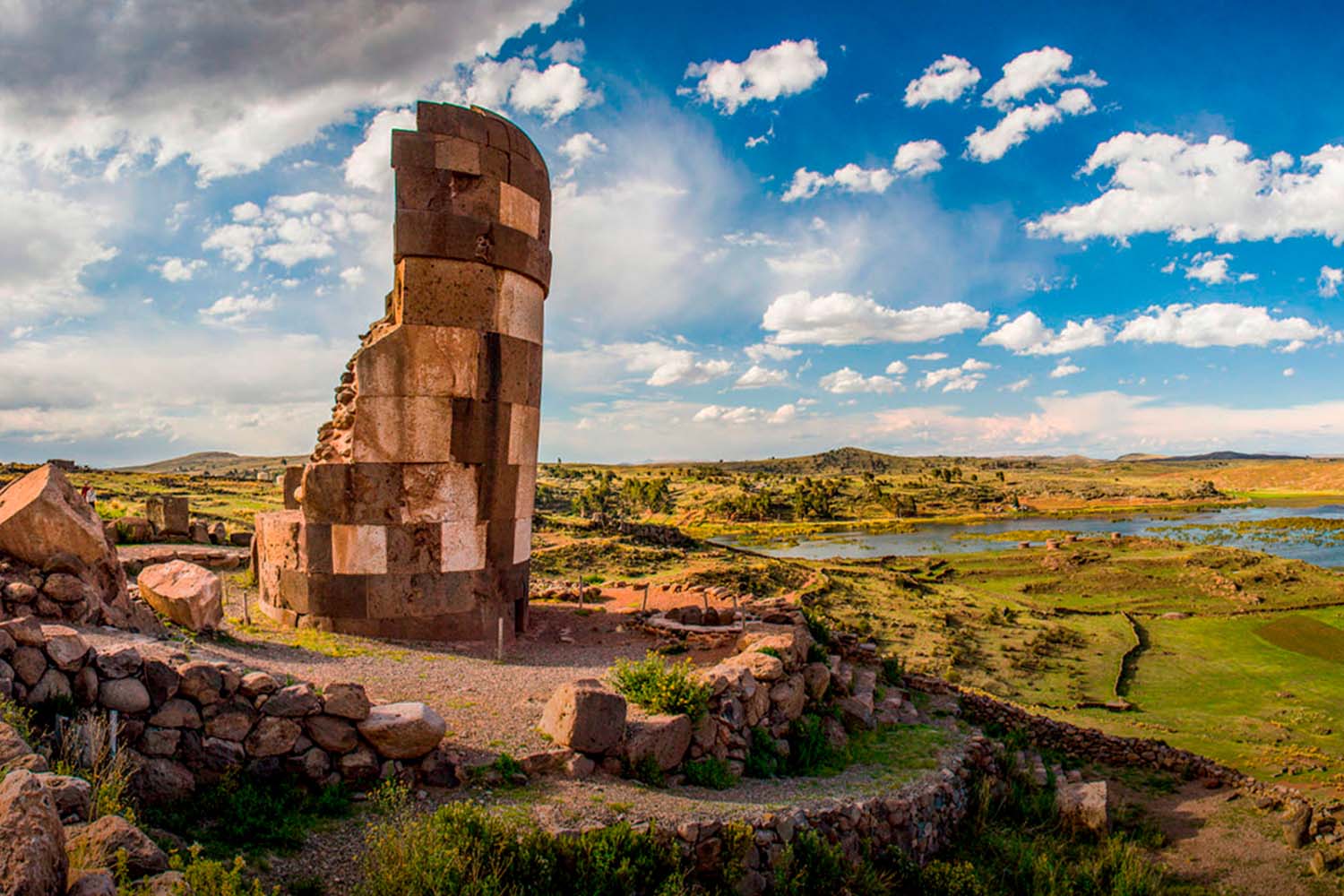
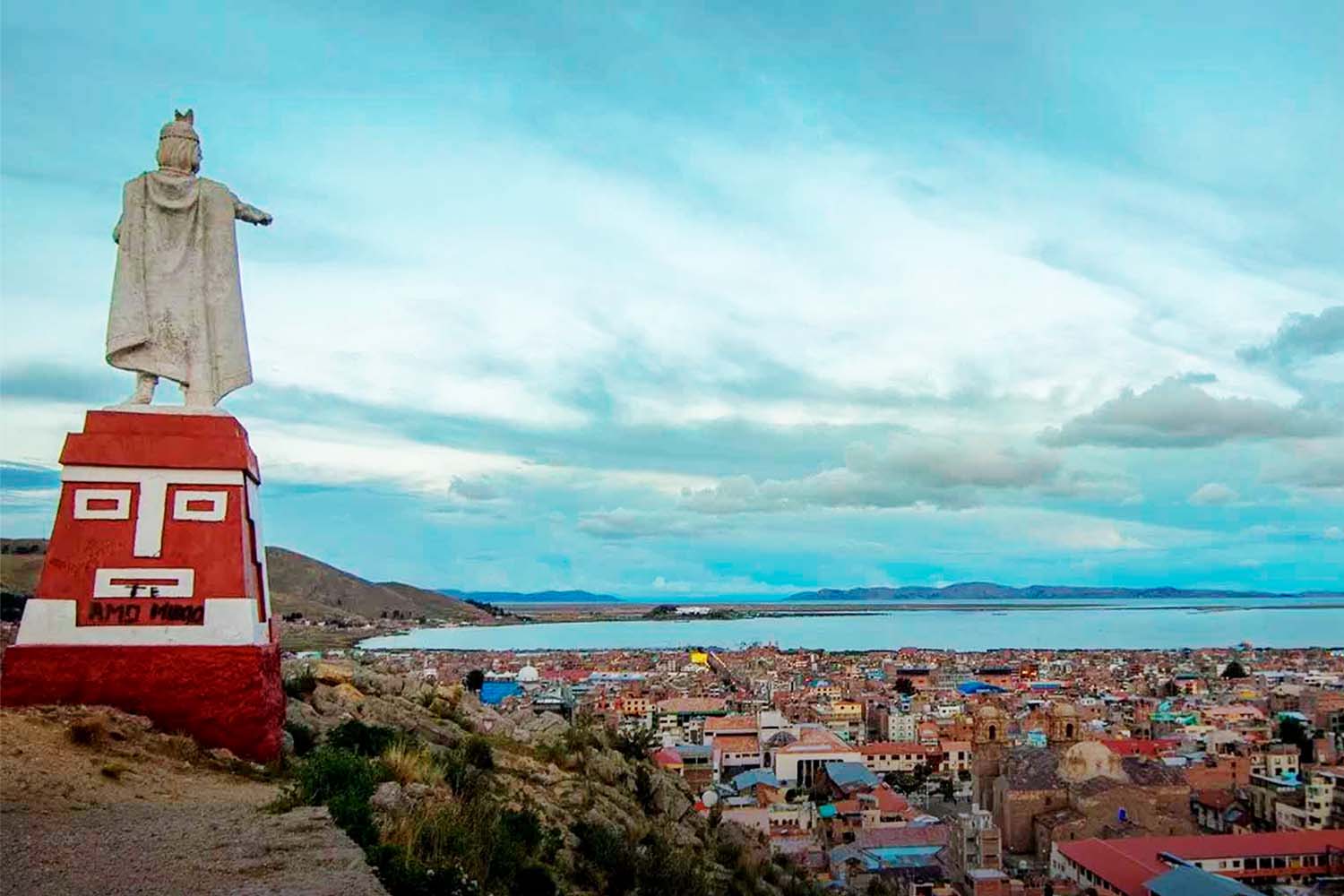
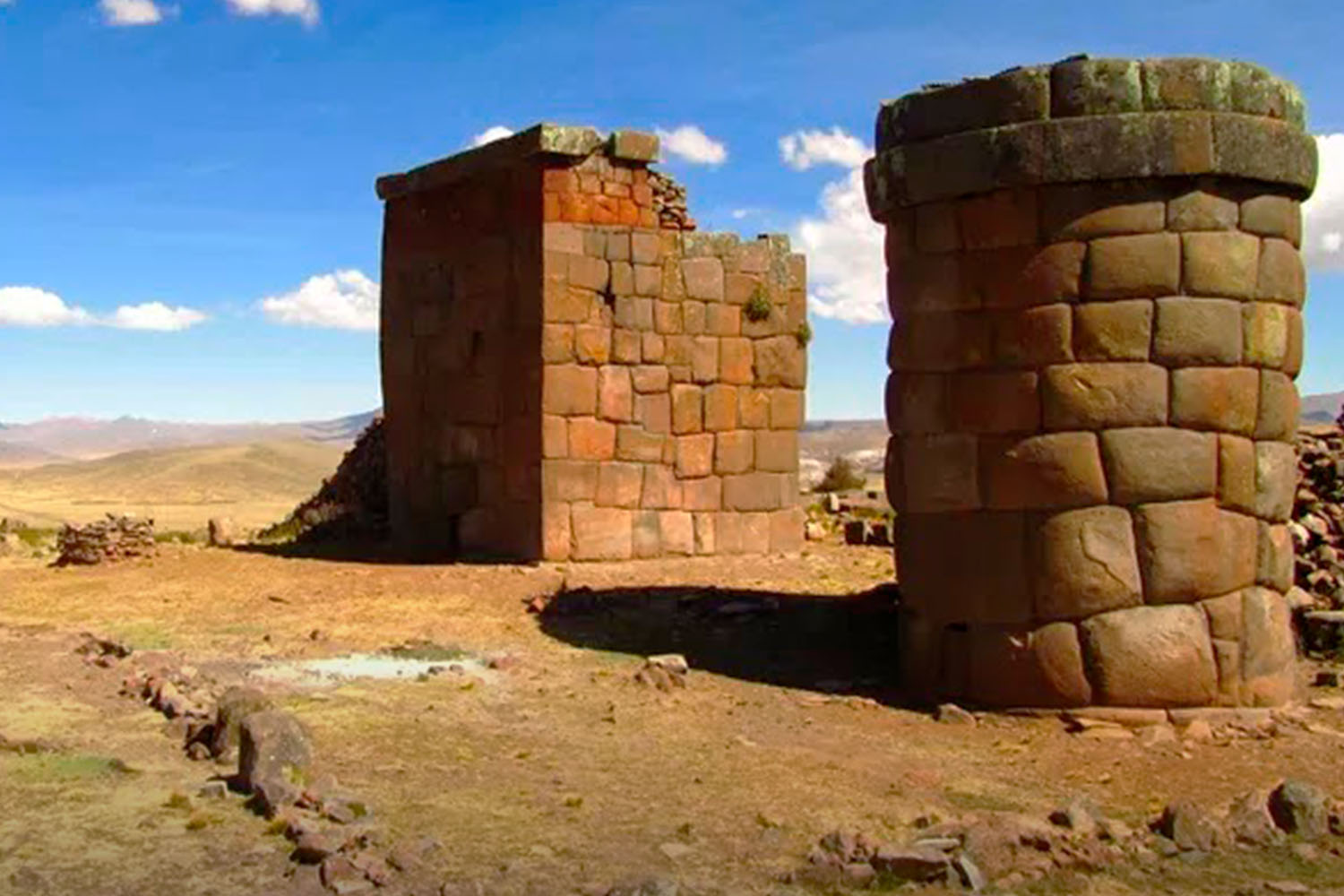
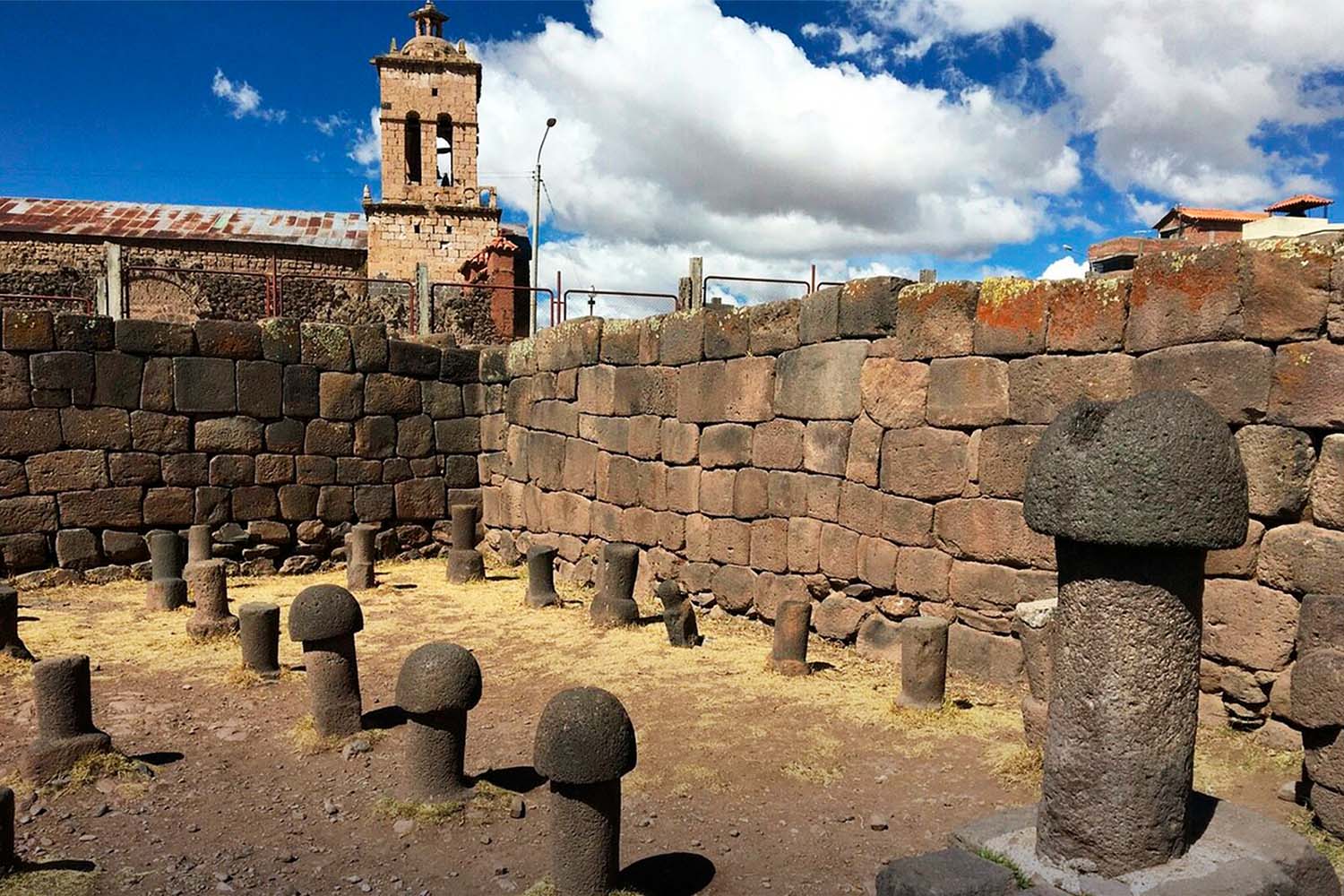
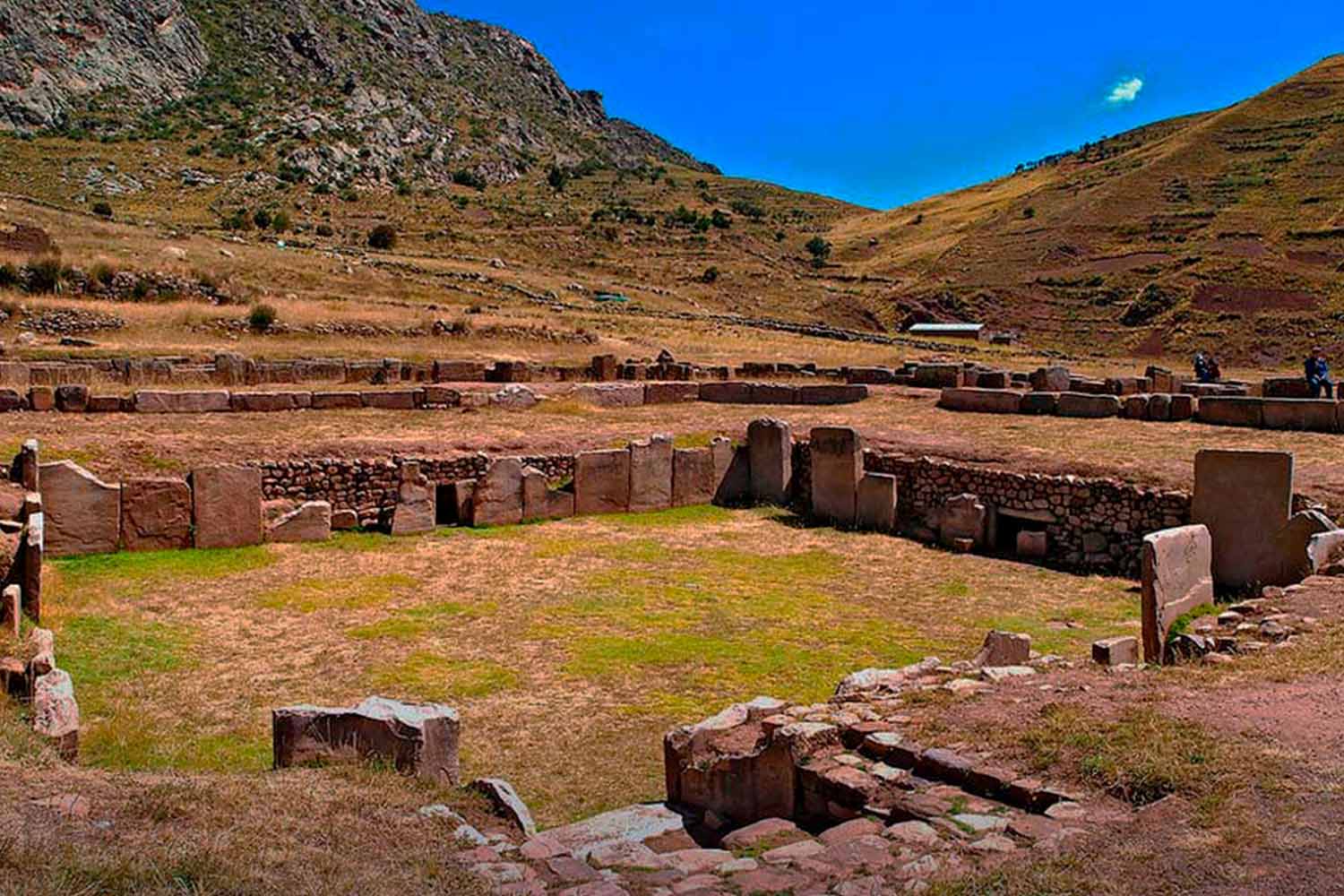
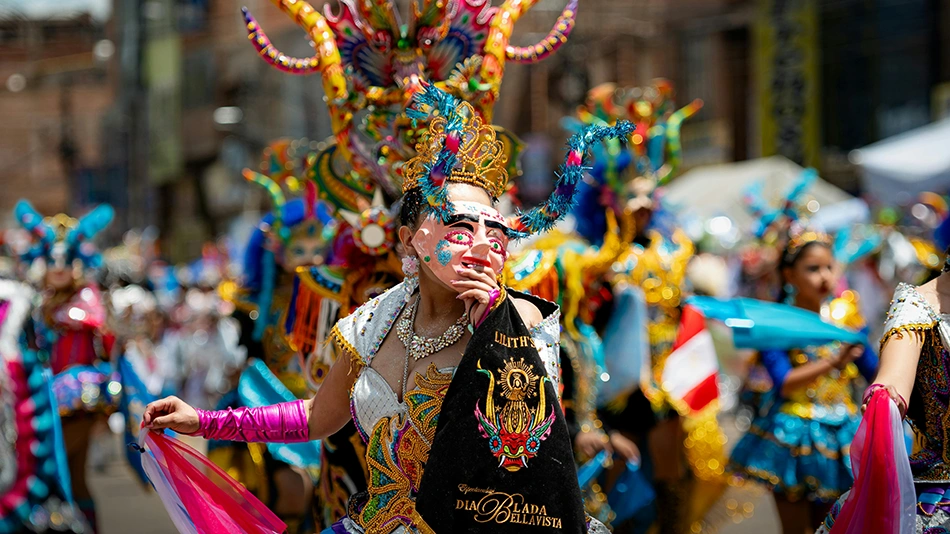
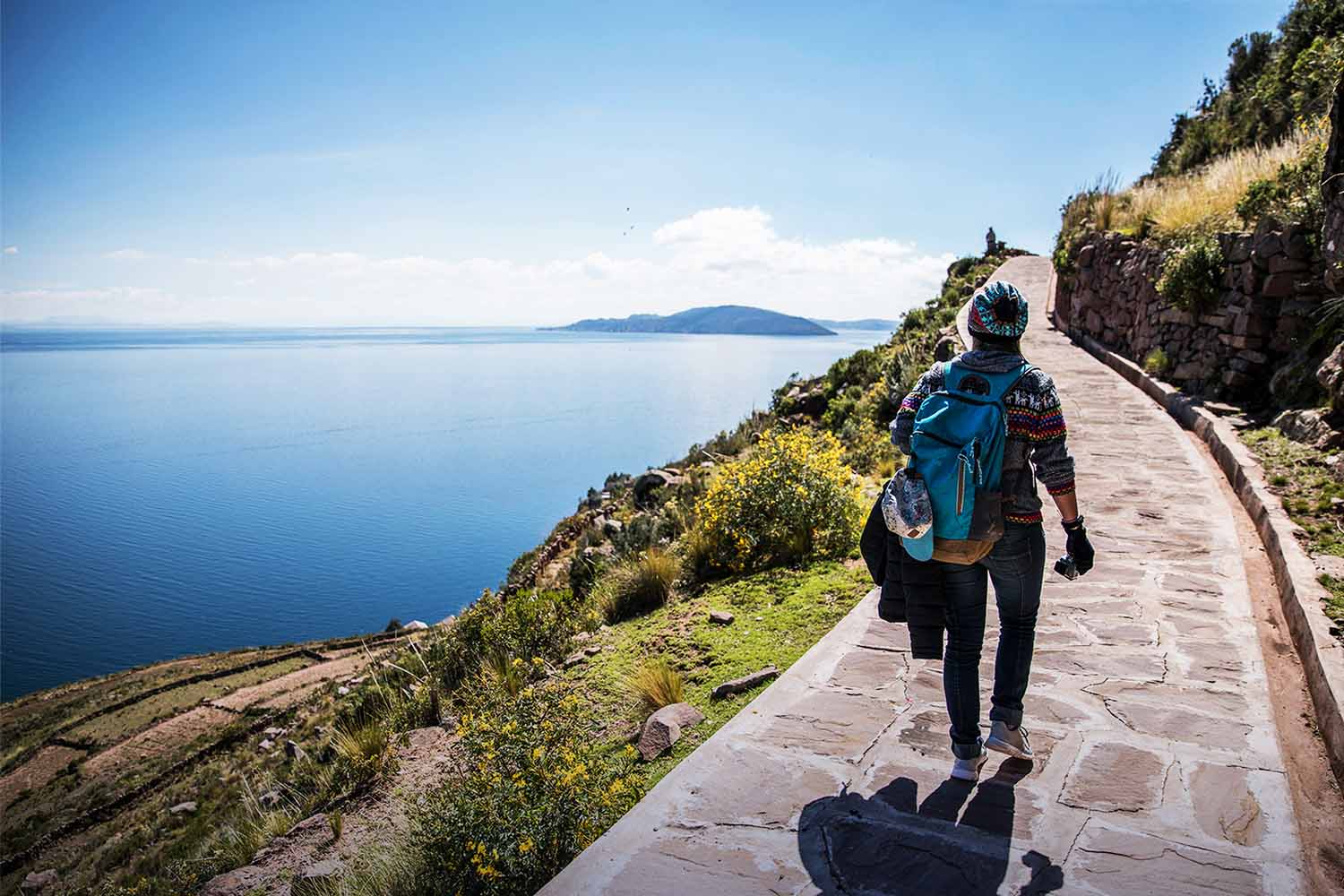
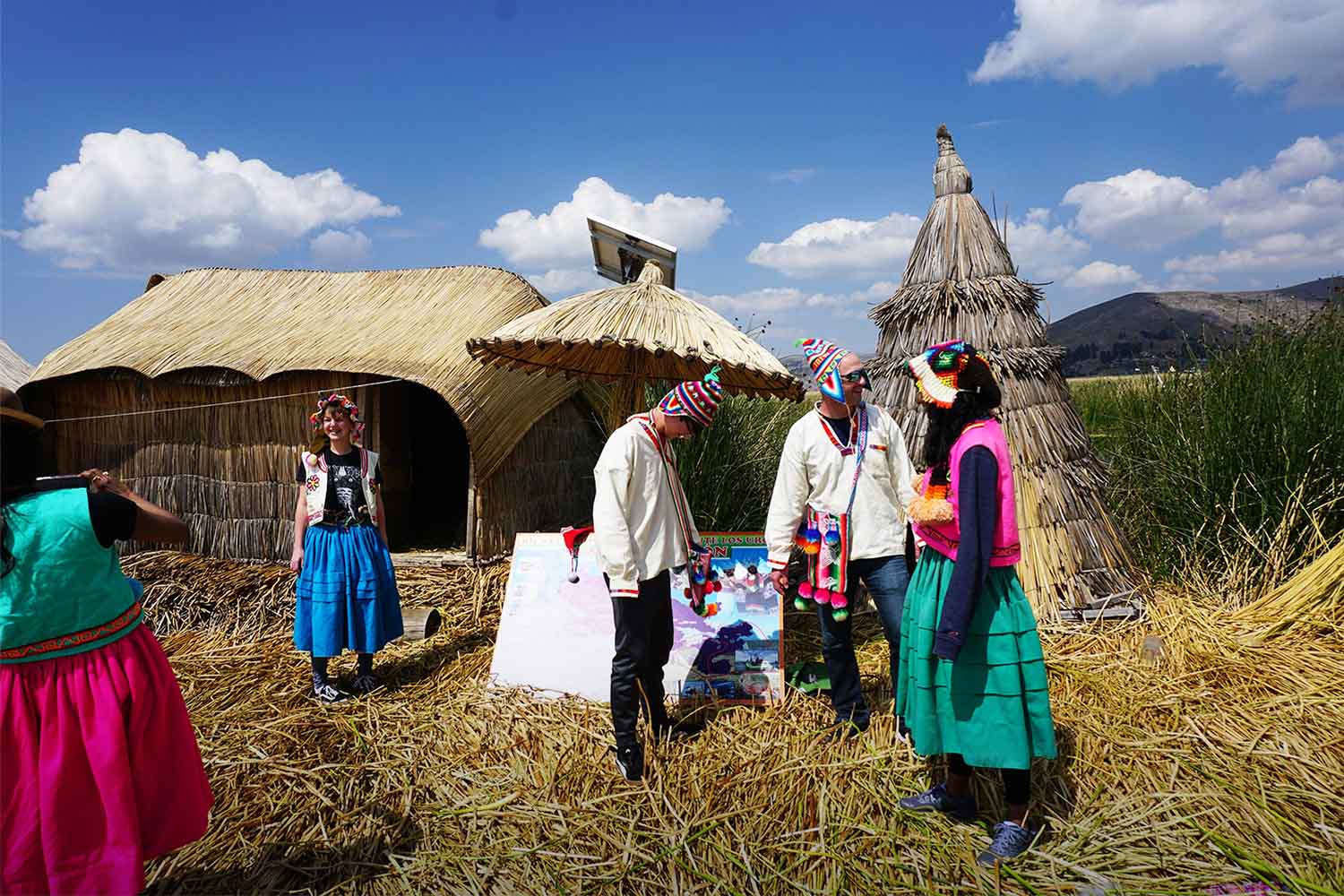
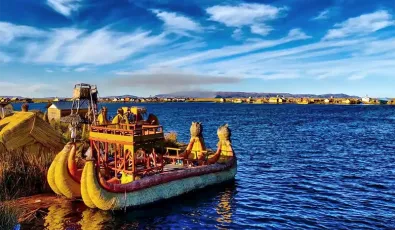
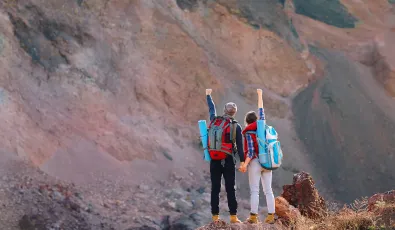
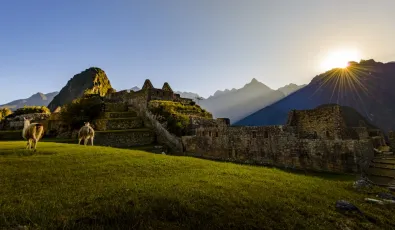
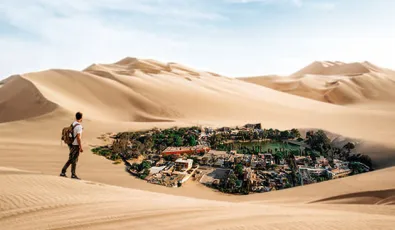
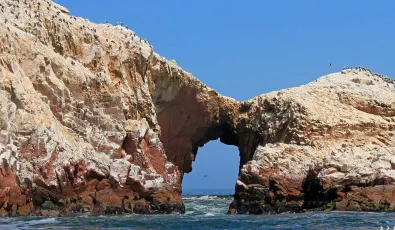

Add new comment